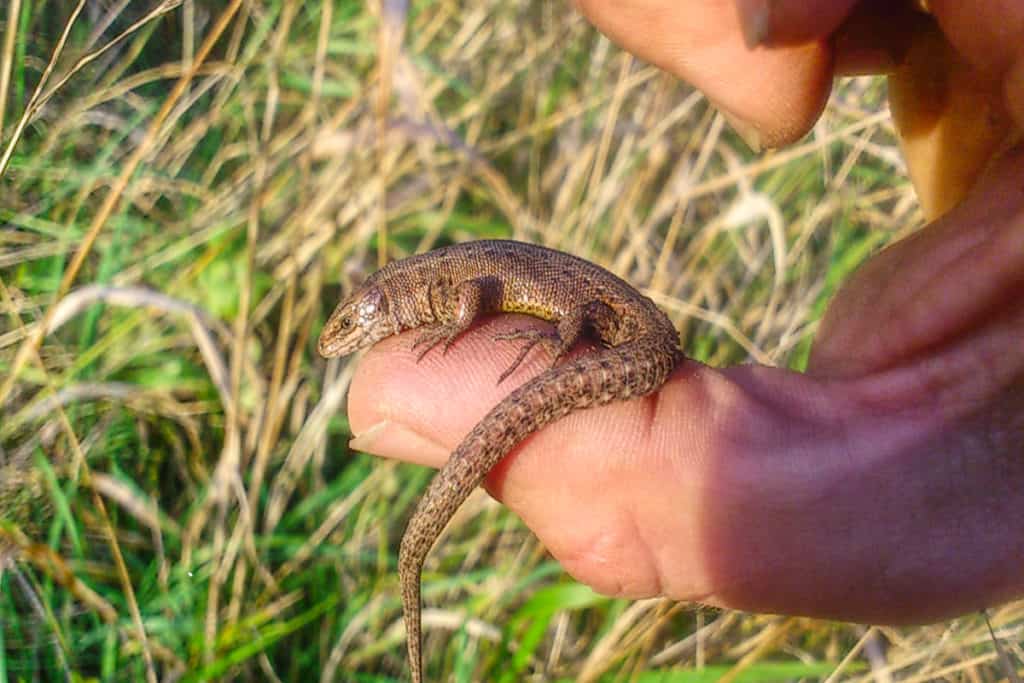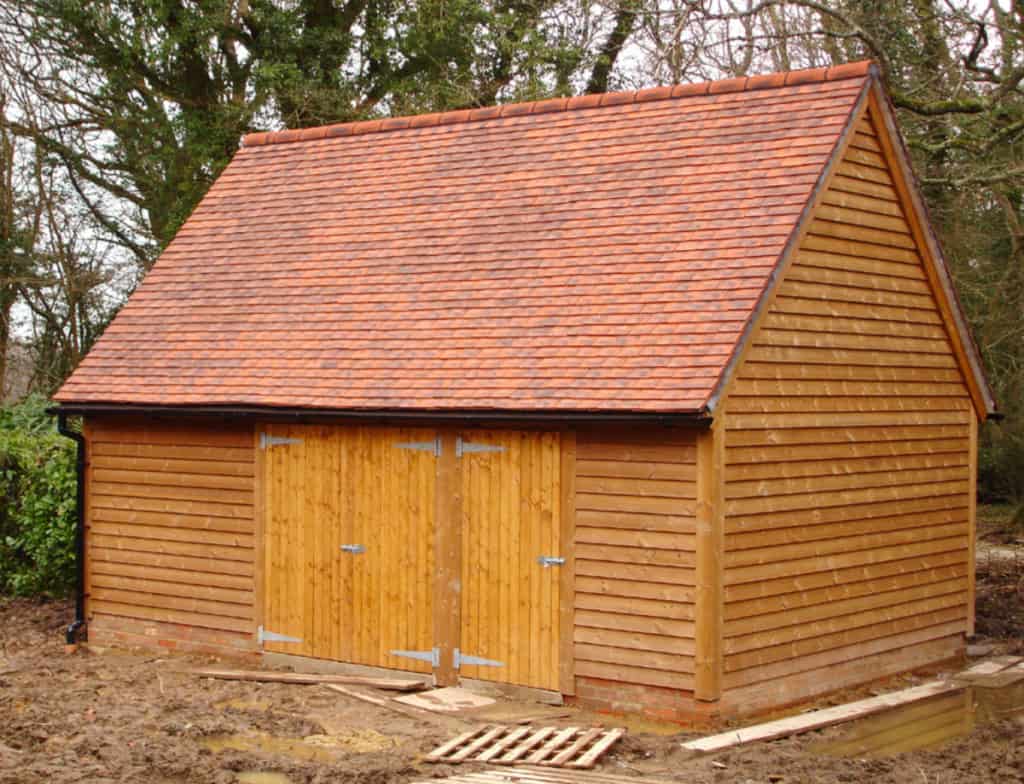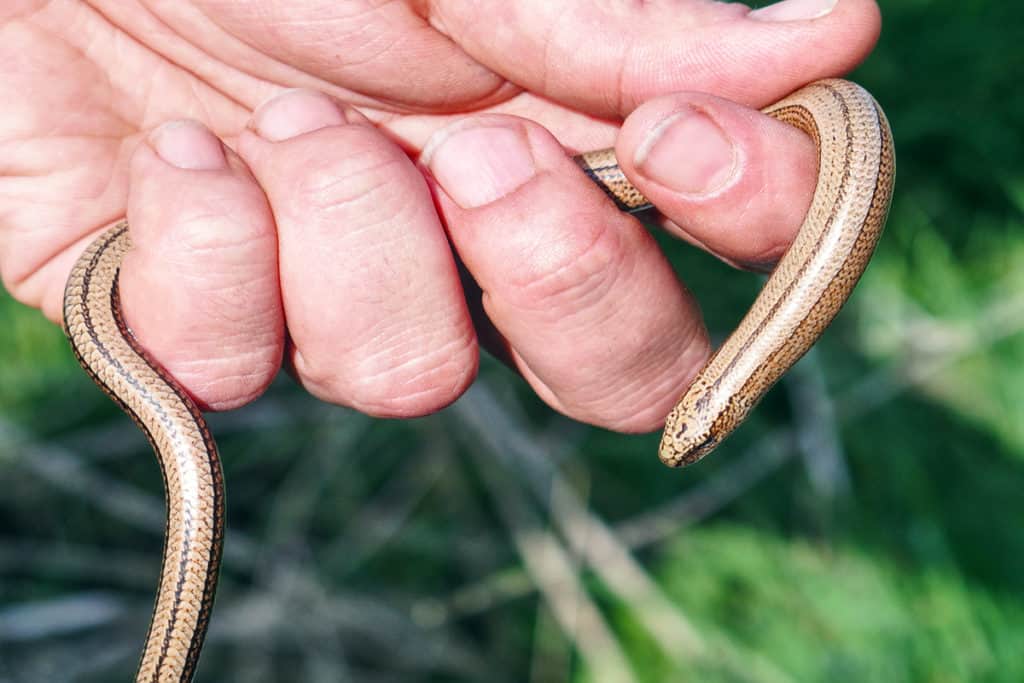BLOG
INTERESTING STUFF
THAT CAUGHT OUR EYE
Guest Expert: Bats, Newts and Reptiles – Legally Protected Species and Planning Policy

Joe Jackson founded Lizard Landscape Design and Ecology in 2001, a company which has since grown to be a leading environmental consultancy specialising in ecological assessment. As green belt and AONB projects have become something of a specialty at DGA, we depend on Joe’s expertise to create our clients’ escape to the country.
Why you need an ecology consultant?
According to EU and UK environmental legislation and planning policy, developers have a duty of care to the surrounding environment and the wildlife that exists within it.
It is a criminal offense to harm or disturb a legally protected species and, in some cases, destroy their habitat. If your development will encroach on the habitat of protected species, it must incorporate mitigation measures, in some cases licensed by Natural England, such as species relocation or habitat replacement.
Ideally, ecological consultants such as ourselves will be included from the pre-planning stage so that we can carry out our baseline surveys well in advance and the development plan can incorporate our mitigation recommendations.
Worst case scenario, we’re brought in after the planning application has been submitted, only after which the developer discovers they will need to provide ecological surveys and mitigation methods in order to obtain approval, which can delay planning.
The role of an ecology consultant is not to put up barriers to a development, but to find avenues for the development to proceed with minimal compromise while protecting or even enhancing the local ecology and environment. There’s always a way to proceed with appropriate protection and mitigation measures.
Bring us in early, and it’s a win-win for both you and your natural surroundings.
How ignoring ecology can delay your development
Protected species surveys can be carried out at specific times of year depending on the species in question. If you miss this ecology survey window, you will have to wait until the survey can be carried out before you can receive planning approval.
Plans for any required mitigation works following planning approval may need to be submitted to and approved under license by Natural England and carried out by licensed ecologists who are authorised to handle protected species.
If an ecological survey discovers a protected species on your site within their suitable optimal natural habitat, then this habitat may need to be retained or protected within the development plan.
The final development scheme might also have to include mitigation which re-provides and enhances habitats for protected species.
It’s important to understand the timings of this process to avoid unexpected delays in your development.
Why you should make ecological improvements to your site
When building in both the urban environment and the countryside, local planning authorities will often require that you enhance the ecological potential and bio-diversity of your site.
This may seem like a challenge, but the majority of the land that we build homes on provides enormous potential for habitat creation and biodiversity enhancements.
Much of our countryside is made up of arable fields which are intensively managed and cropped for agriculture. These arable fields may look “green”, but they have very limited ecological value except for the established field fringes.
Hedgerows, grassland habitats, ponds, ditches, and native tree planting as well as bat, bird, and dormice boxes all provide significant habitat potential for wildlife and bio-diversity enhancement within a development scheme.
Allocating a portion of your site for public open space and ecological improvement works is a minor cost in the scheme of a development and ensures that in the process of building your home you also provide a home for local wildlife.
Protected species which might be on your site, and what we can do about them
Protected bats
Survey period: spring through summer
Bats are the protected species which keep us busiest. Our roof spaces and eaves make ideal roosting sites for a variety of bat species, which can present a challenge if you want to convert your attic or barn into a liveable space.
The exact mitigation approach will depend on the type of bat species we identify. Long-eared bats, for example, will require you to build a designated replacement bat loft well connected to your existing loft or integrated into an outbuilding, such as a car barn.
Other common bat species are less demanding and may simply require you to install bat boxes on existing trees or along the walls of your property.

Barn lofts such as these create a replacement habitat for protected bat species.
Protected reptiles
Survey period: spring through autumn
Reptiles such as slow-worms, grass snakes, and common lizards can be carefully translocated by putting an exclusion fence around the construction development zone then trapping and translocating any reptiles to a designated safe area on your site.
If the population is too significant to move to an on-site receptor area or there is no suitable location; a suitable off-site reptile receptor site would need to be found in agreement with nearby land owners who have appropriate habitats and would be willing to accept the reptiles in perpetuity.

Protected amphibians
Survey period: early spring
Protected amphibian species of great created newt can only be surveyed in early spring during the pond breeding season, making them one of the more challenging species to incorporate into a development programme.
If surveys detect protected amphibians on the site, their habitats either have to remain undisturbed throughout the development or replacement habitats need to be provided on site, followed by a translocation exercise.
Like reptiles, it is typically recommended that exclusion fencing borders the site while development is ongoing.
Dormice
Survey period: summer
A site which includes or borders woodland or scrubby hedges with strong habitat connectivity may contain a population of dormouse. Dormouse surveys are undertaken over the summer months within suitable habitats to establish a population of dormouse.
Ideally, mitigation involves gradually relocating dormice through careful habitat management.
Contact Lizard Landscape Design and Ecology to learn more about protected species

The best way to ensure that wildlife and the ecosystems they depend on are cared for during a development is to educate our clients on their importance and how they can be protected and mitigated for.
We’re always happy to answer any queries you might have about protected species or other ecological concerns. You can reach us at lizard.landscape@btconnect.com or 01903 216033.
Joe Jackson – Director, Lizard Landscape Design and Ecology
